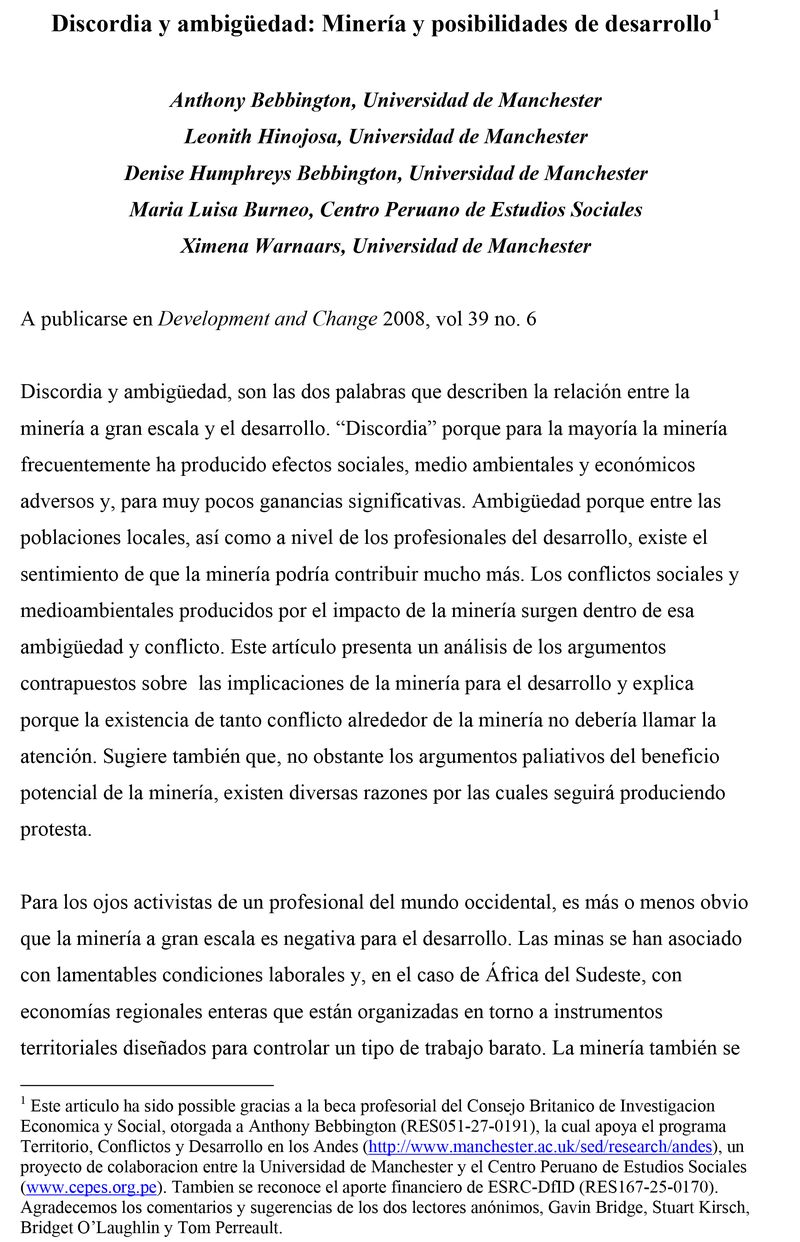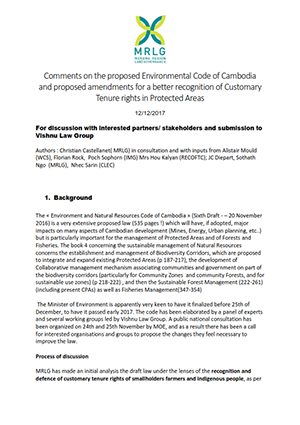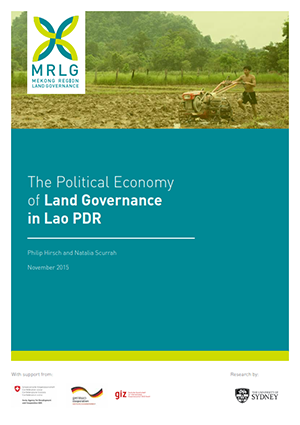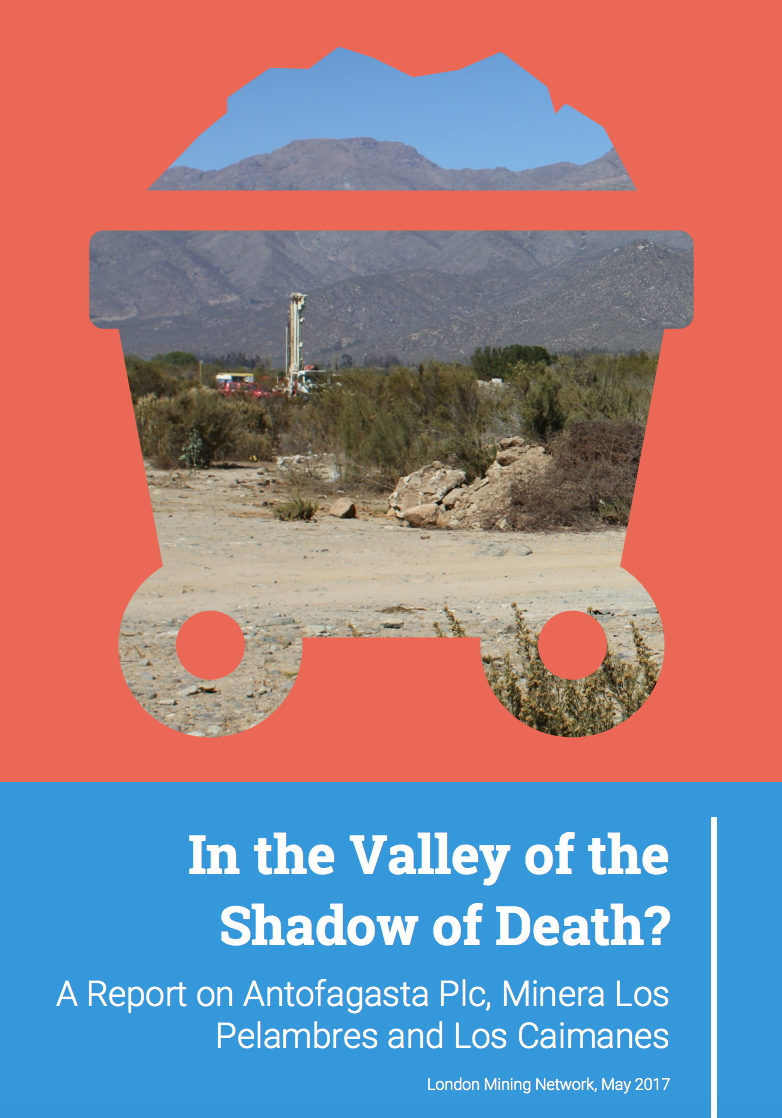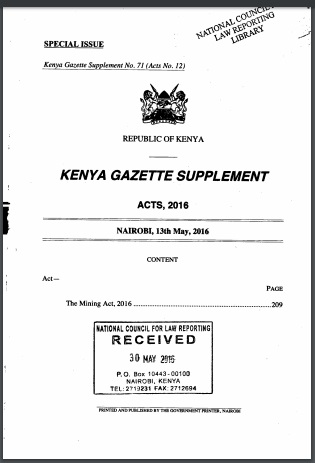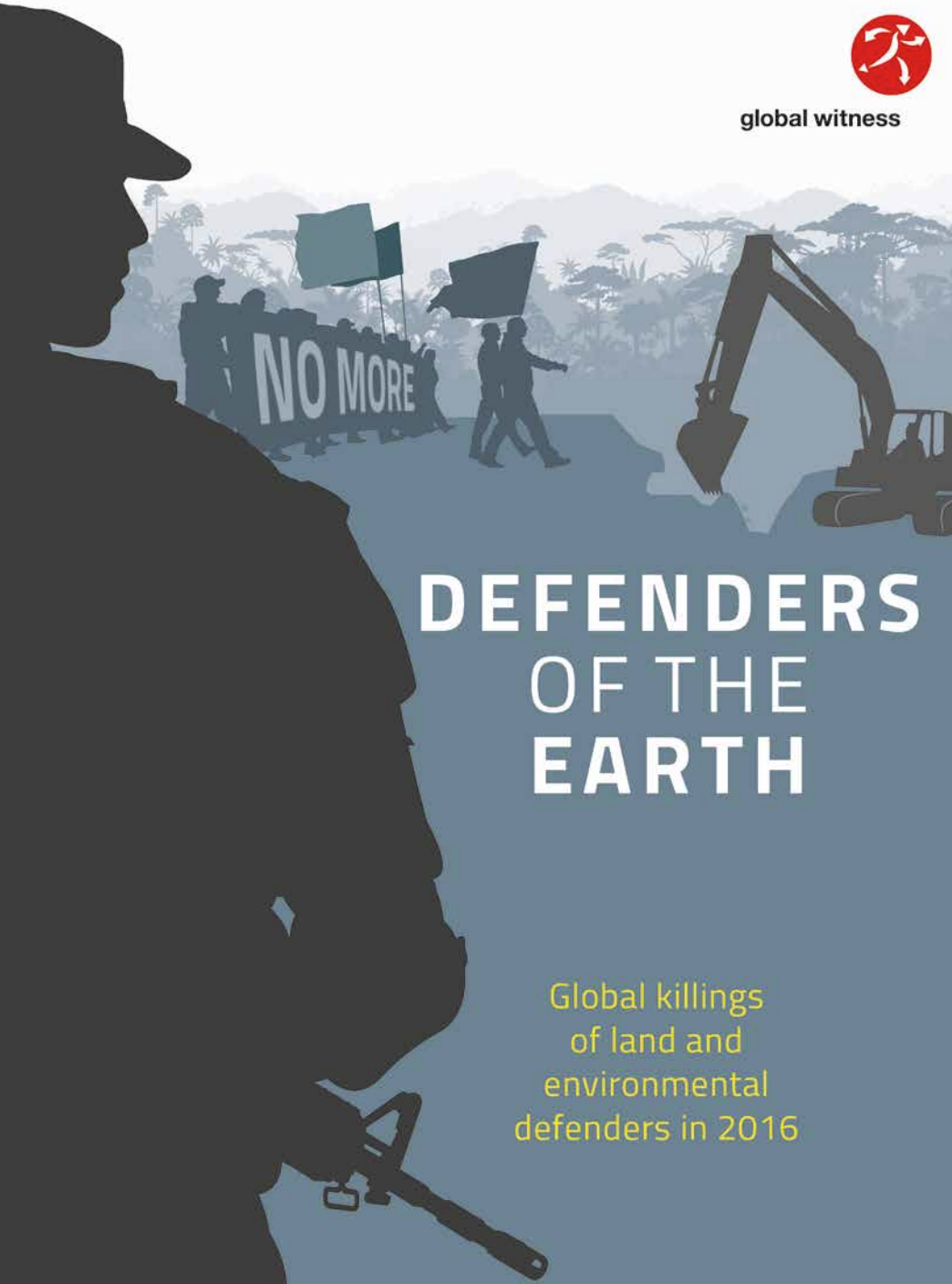Agricultura en Perú. Reflexiones post electorales
(*) Federico Tenorio Calderón
La pobreza en el Perú está concentrada en la población rural y sigue siendo un tema pendiente y un desafío para el nuevo gobierno nacional. Recién concluida la segunda vuelta con la elección de Ollanta Humala como nuevo presidente del Perú, el Instituto para el Desarrollo Rural de Sudamérica (IPDRS), invitó a Federico Tenorio, especialista en desarrollo, para presentar una visión de los principales desafíos que ese país enfrenta en el área de desarrollo rural.


